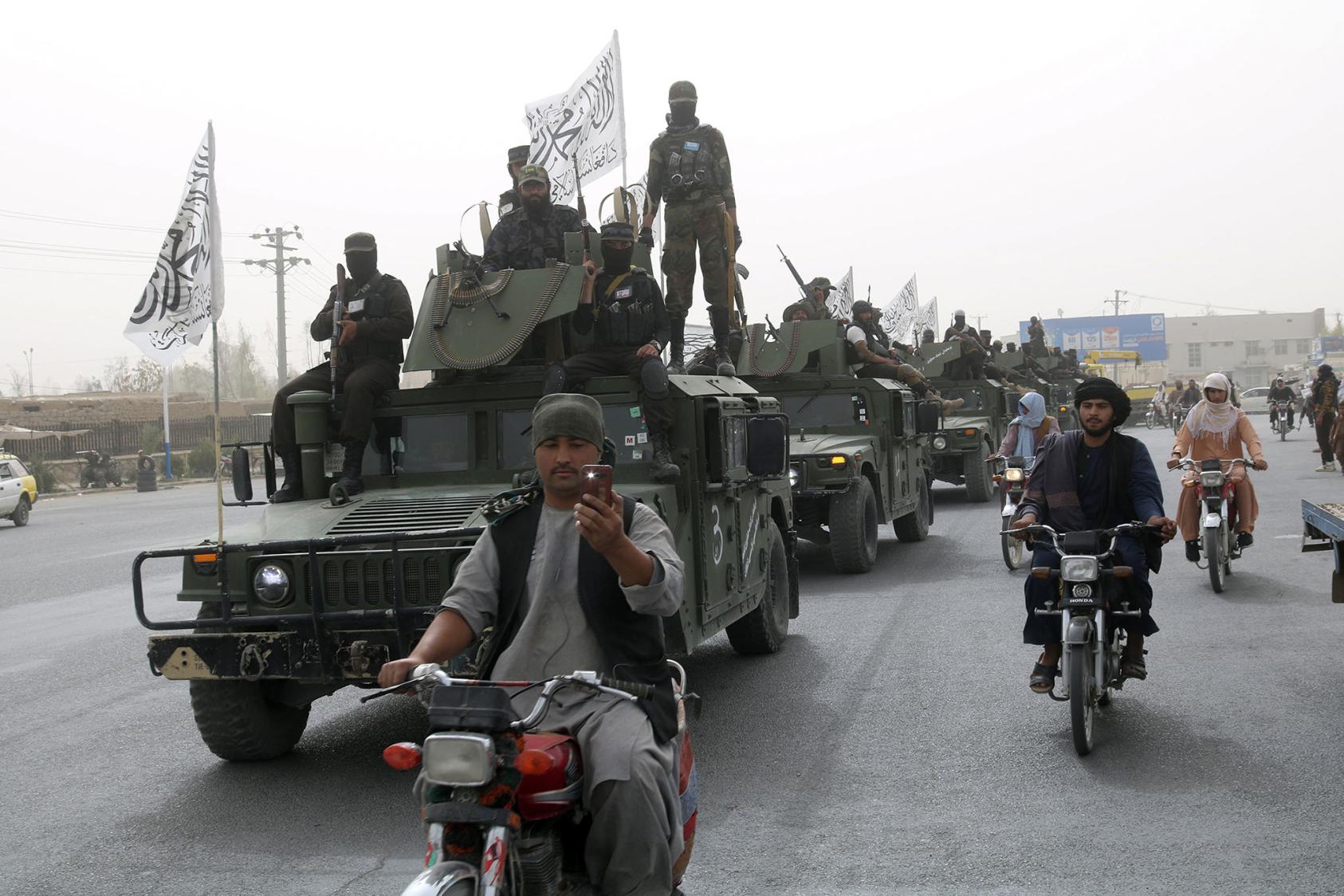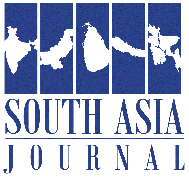
The precipitous withdrawal of U.S. forces from Afghanistan in August 2021 was a watershed and controversial moment in the history of the U.S. military in Afghanistan. While the decision to end the almost 20-year conflict was made with a desire to return American forces home, it has come hand in hand with an unwanted legacy: that of leaving behind an unfinished problem and a huge stock of American military hardware. This reservoir of antique history, whether it is high-level defense machinery, armor tanks, helicopters, and fighter aircraft, puts not only Afghanistan’s future security but also American policy, international community relations, as well as war ethics to an extremely high degree of test.
The Scope of Abandonment: From Advanced Technology to Tactical Equipment
As the American troops left Afghanistan, they took with them approximately $7 billion of equipment, including more than 70 aircraft, 100,000 rifles, and a few hundred vehicles. Among the more visible equipment abandoned were Black Hawk helicopters, Humvees, and other cutting-edge surveillance and communications equipment, much of which has since made its way into the hands of the Taliban. It made people ask questions about the craziness of letting this cutting-edge equipment go to waste on the table to be picked up by the insurgents, potentially to be used for its capabilities by fueling an outfit that was notorious for both its human rights atrocities and destabilizing nature.
To leave the tools behind like that was determined while in the grip of an fast-disintegrating security landscape within Afghanistan. The Biden administration had vowed to end America’s longest war, but the precipitous fall of the Afghan government and military did not leave much time for thoughtful contemplation of what would be done with the gear. The US military responded that it would be logistically unfeasible to move all this enormous amount of material out of the country in the time allowed and under threat from the Taliban.
But this wholesale abandonment of American arms is a simple question of morality: should such military critical equipment ever be left behind, even in withdrawal? It is faulted that the U.S. could have done more in disabling or destroying sensitive equipment to avoid unauthorized access. Others even deride the action to leave behind the equipment as a sign that the decision had not been given due thought by way of comparing the cost of the pace of withdrawal with detailed scrutiny of long-term stability of the region. Strategic Consequences: A New Reality for the Region
The U.S. pullout and subsequent transfer of military hardware to the Taliban has radically altered regional power dynamics. For the Taliban, the provision of advanced American weaponry has emboldened its position as the de facto Afghanistan ruler. The group’s ability to now employ military-grade technology can reasonably lock down its authority domestically, ward off regional neighbors, and menacingly challenge international counterterrorism initiatives more credibly.
Apart from the Taliban, other U.S. military hardware is bound to land on the black market or be in the hands of other players in the region with interests in undermining the region. Pakistan, Iran, and Russia have a historical stake in Afghanistan’s war effort and politics, and introducing advanced weaponry under the control of militia units would further strain already tense relations and complicate efforts at international diplomatic peace.
Also, the presence of such advanced weapons of war by friendly or allied forces to terrorist groups poses an open danger to global security.
The potential for such weapons to be employed in terrorist operations in the wider region or even beyond Afghanistan proper is one that cannot be ruled out. It is thus with a sense of grim foreboding that the majority foresee the security vacuum created by the American withdrawal echoing far beyond Afghan shores. Domestic and International Consequences: Responsibility and Prospective Policy
The ditching of the military equipment sent shockwaves overseas but also set off hot debate at home within the U.S. itself.
Military commanders, defense strategists, and politicians have all weighed in. To some, such a waste of this resource is an intolerable strategic error, undermining American credibility and America’s ability to shape things on the planet. For others, it’s the challenge of getting out from under today’s military deployments and the complications involved in removing significant arms from use. What now for the United States regarding Afghanistan and national policy on being part of militaries in the fray? While some advocate more focus on diplomatic outreach and global cooperation, others argue that weapons abandonment highlights the need for a more guarded, measured approach to future military disengagement. Whether the U.S. will pursue further policy of disengagement or take more assertive measures to prevent future recurrences is unclear.
Conclusion
The record of American military materiel left behind in Afghanistan is a cautionary tale of the dangers of foreign intervention, military defeat, and the unintended consequences of hastily crafted policy decisions.
As America tried to extricate itself from a twenty-year war, the aftereffects of its departure have bequeathed to Afghan security and foreign policy a deeply destabilizing legacy. The Taliban acquisition of the most advanced weapons, and the regional and global implications for security generally, are subjects for serious concern on the part of both America and its friends. With the dust beginning to settle on war, the international community is forced to confront that the baggage of war cannot easily be packed up in a duffel bag and abandoned. The question now is whether the U.S. can assume responsibility for what it has done and, in doing so, chart a path toward increased accountability and more responsible foreign policy in the years to come.
